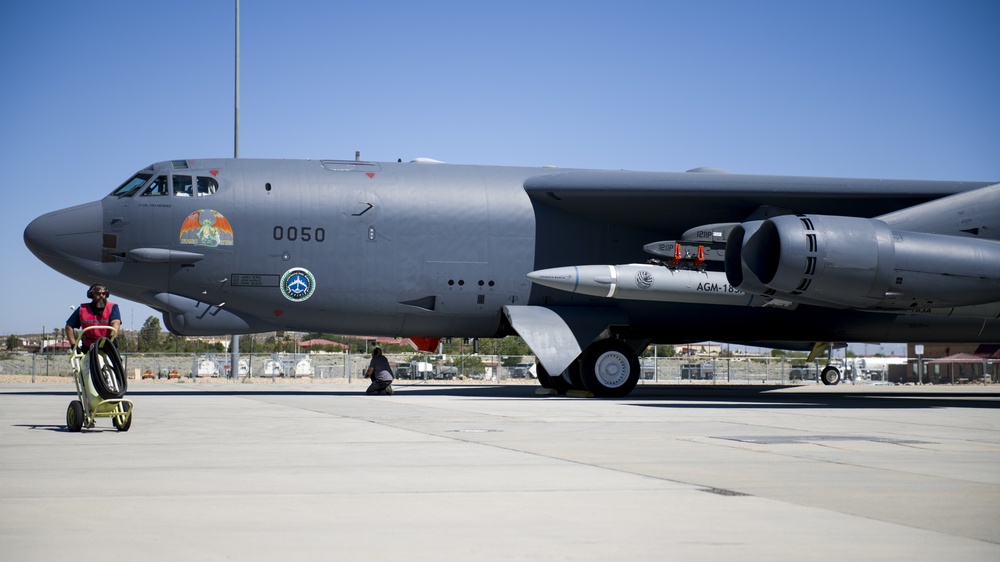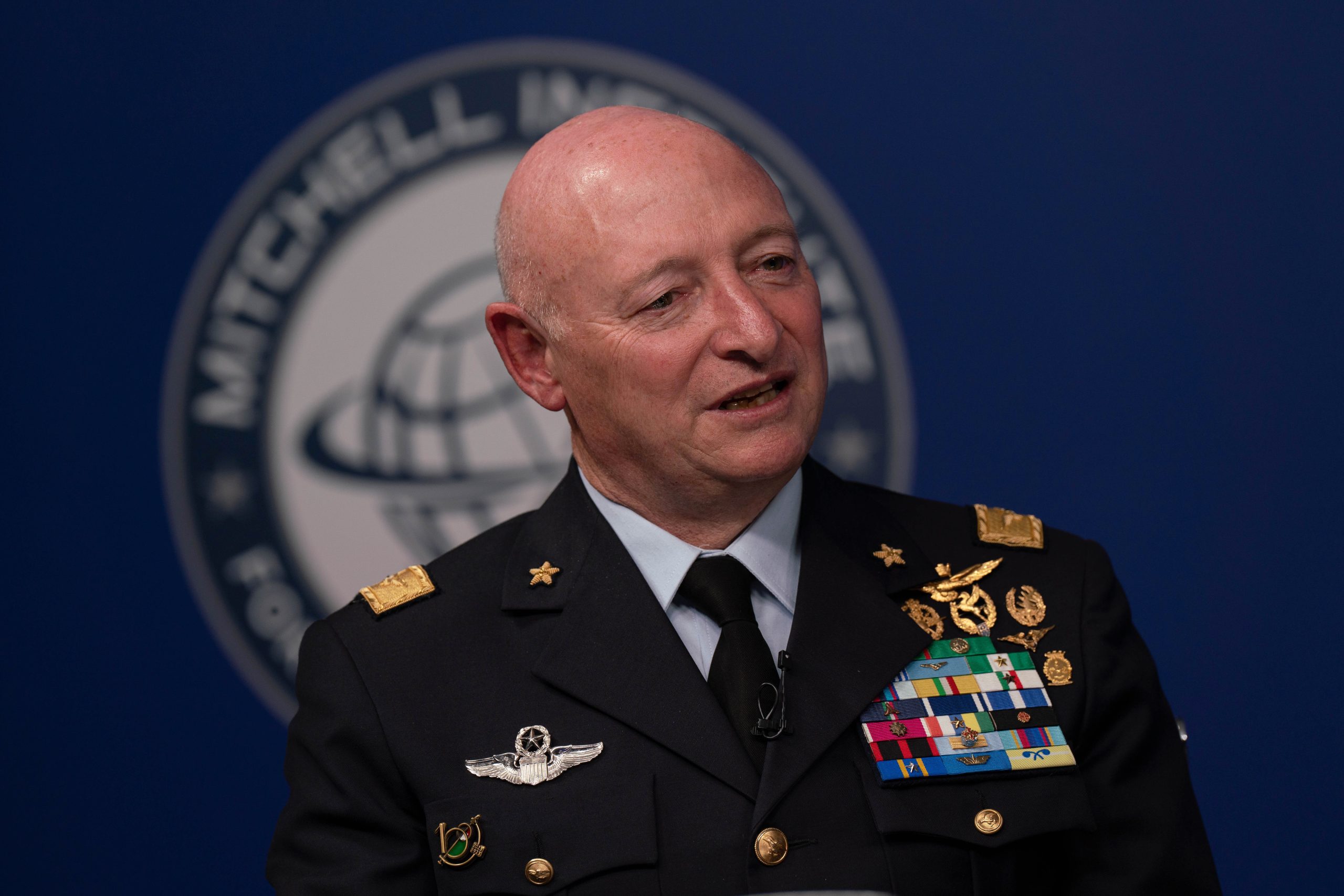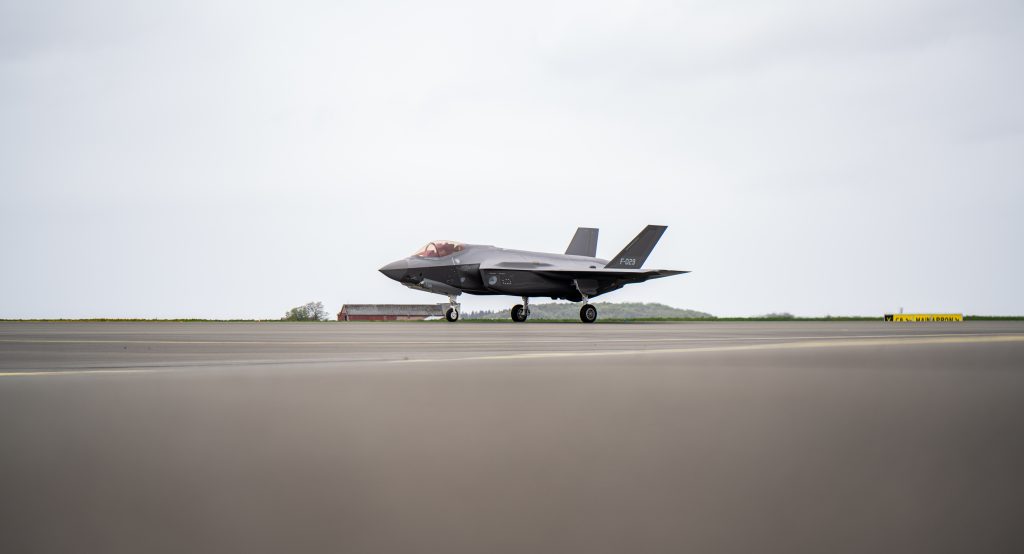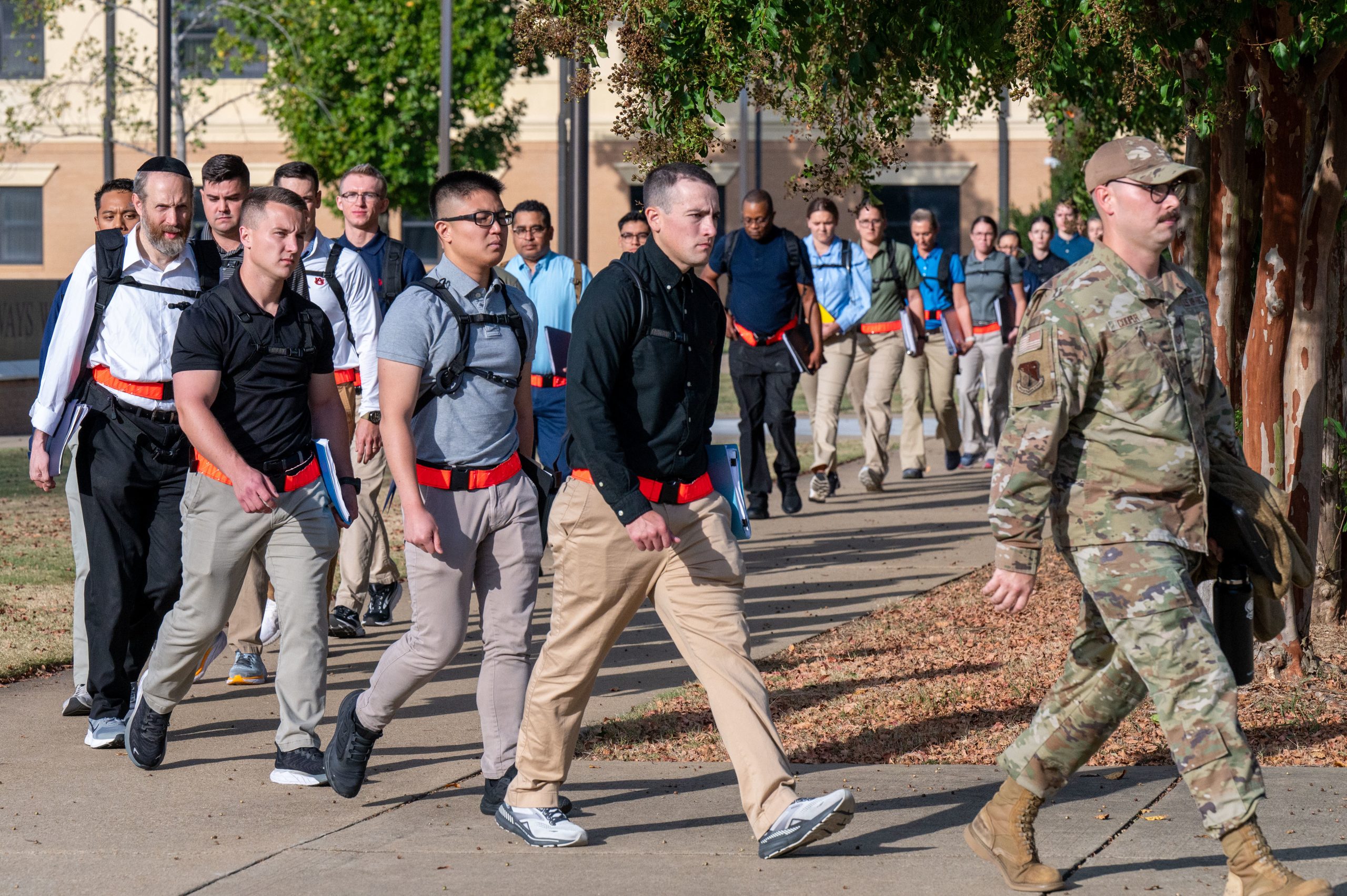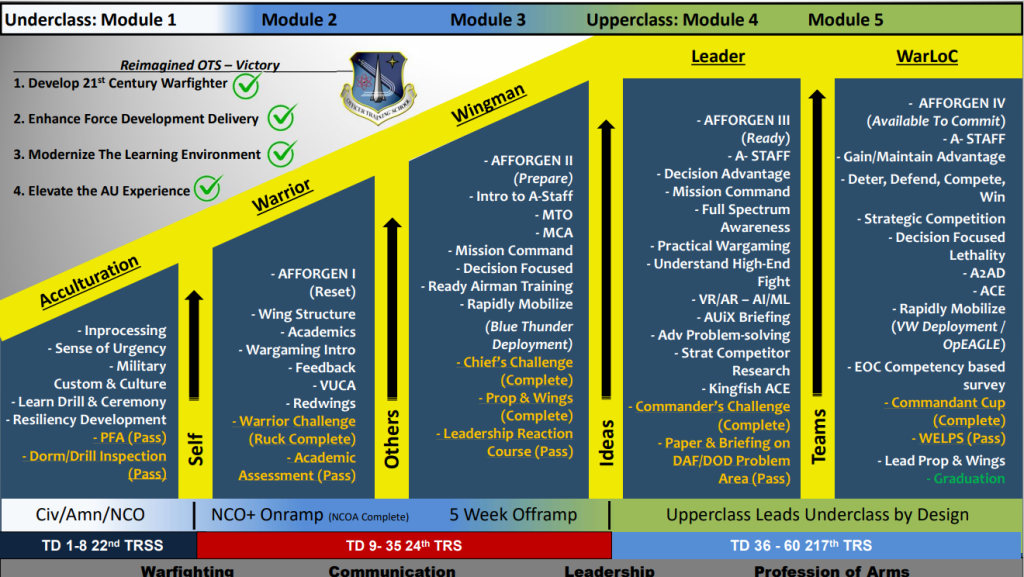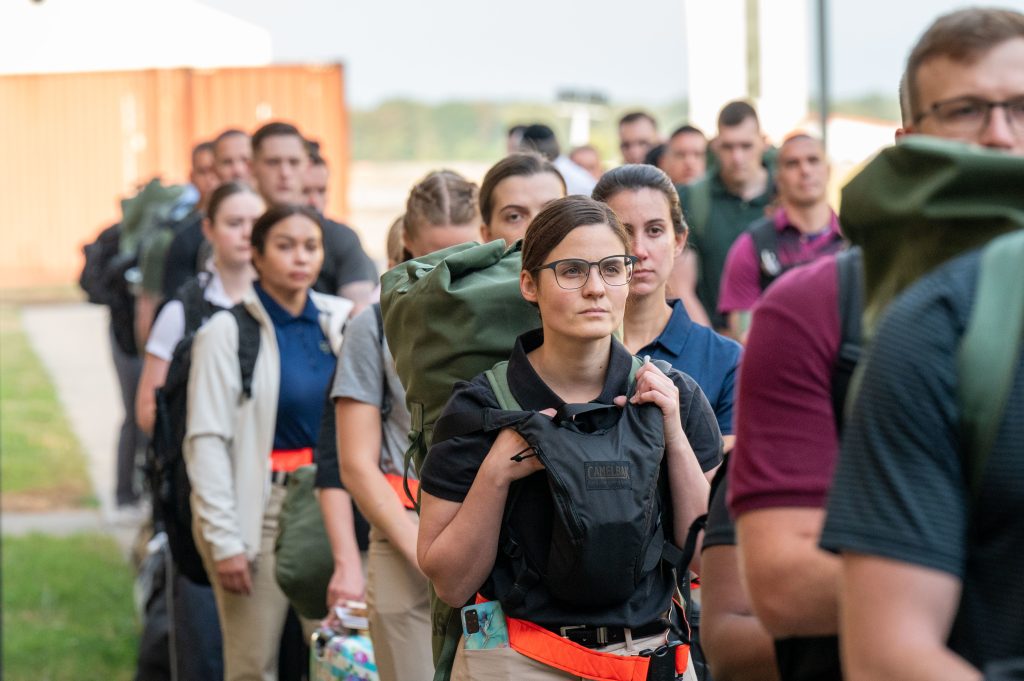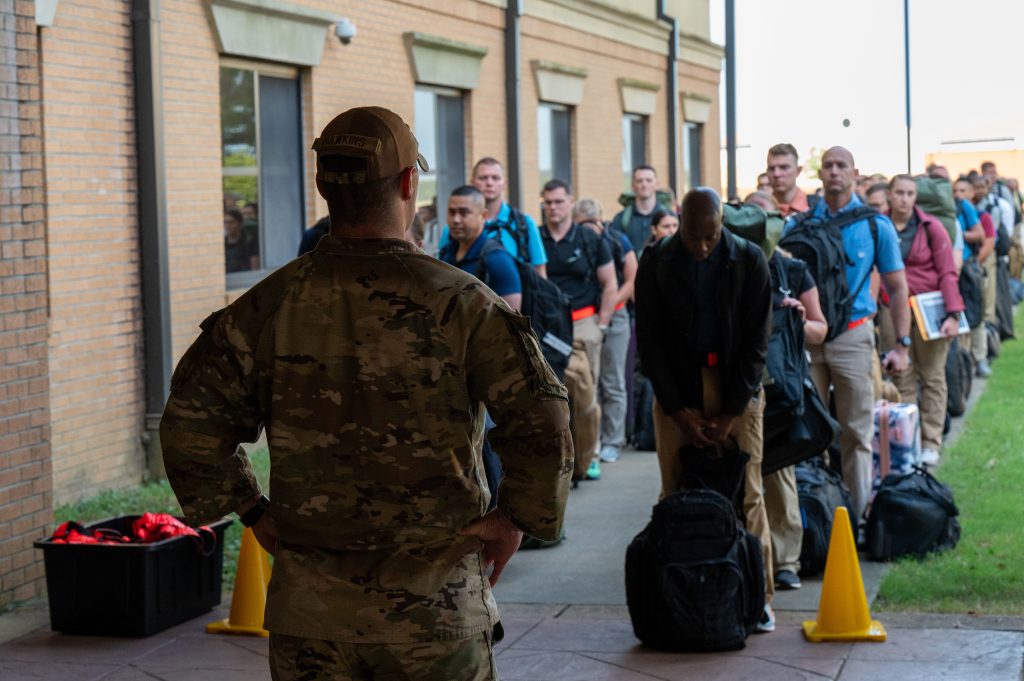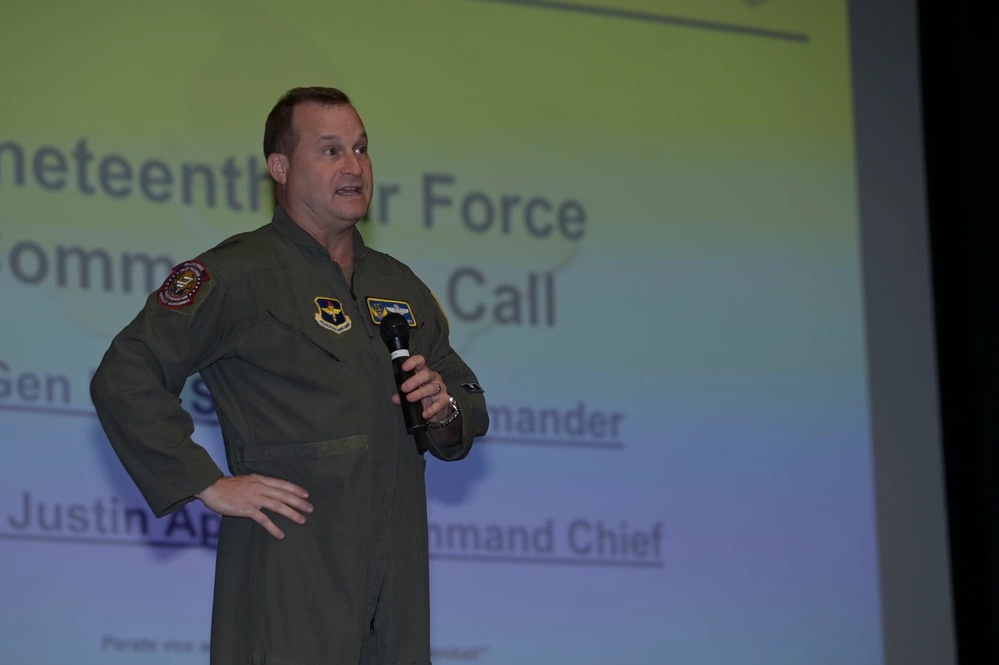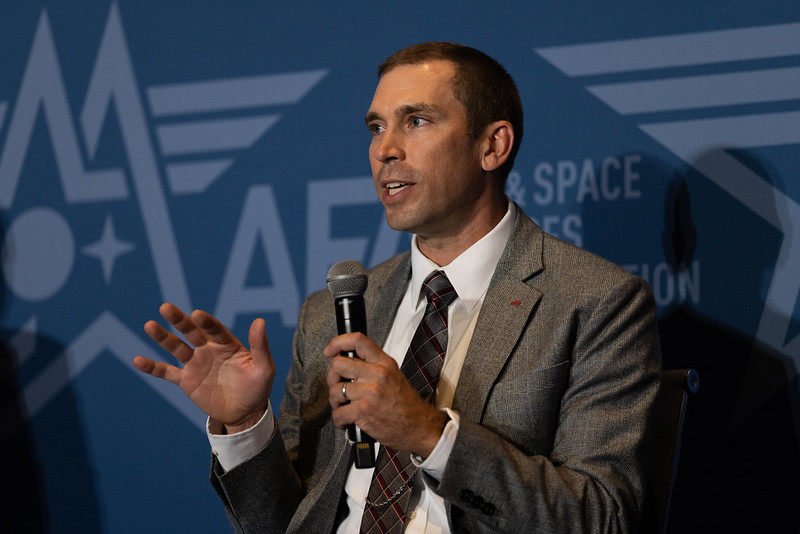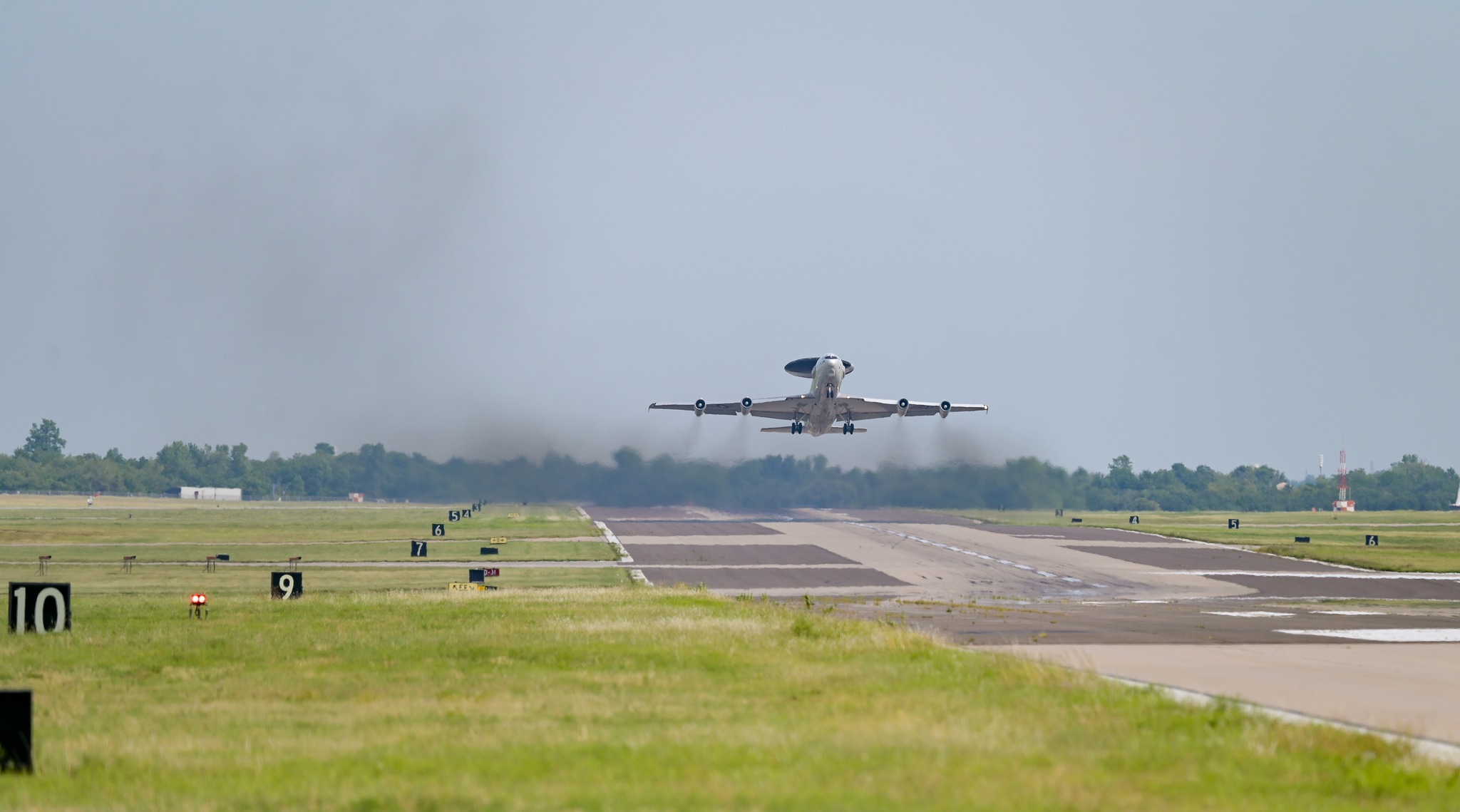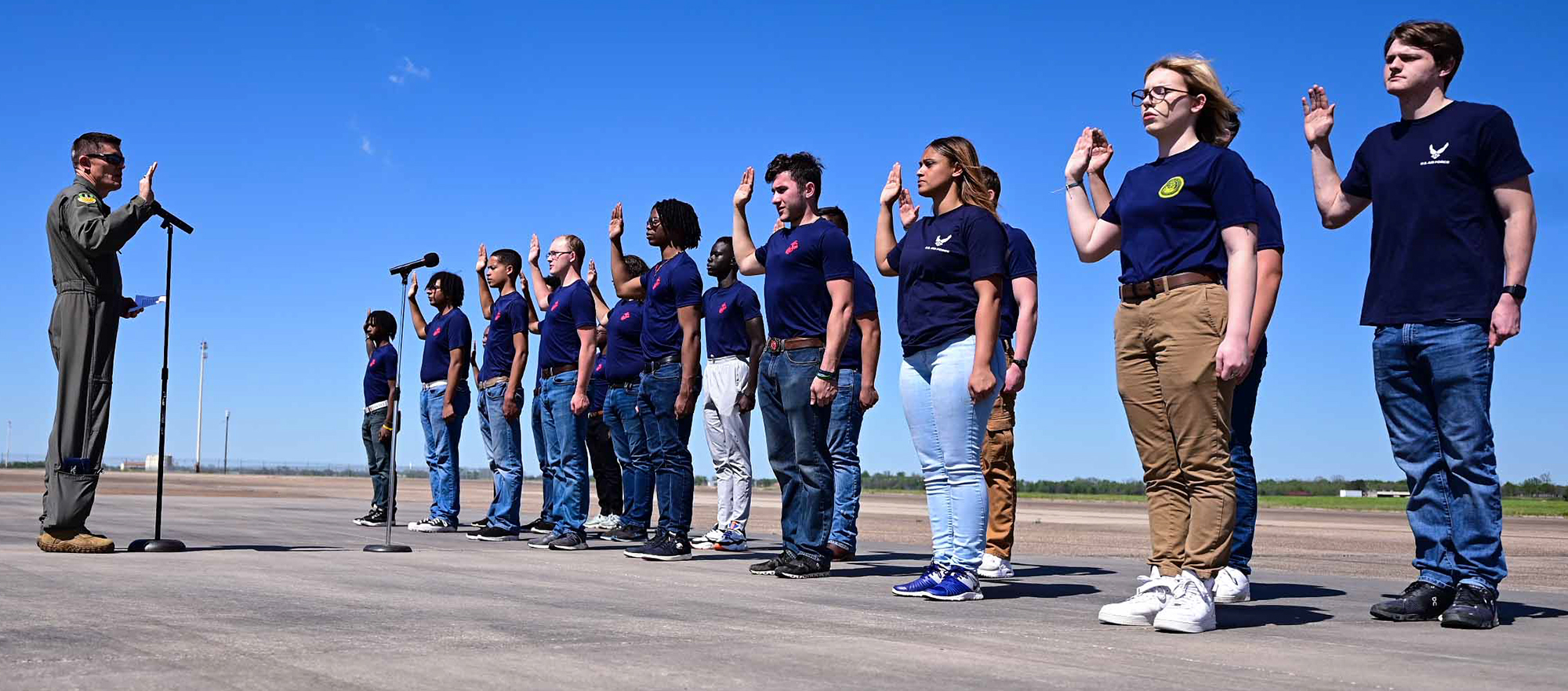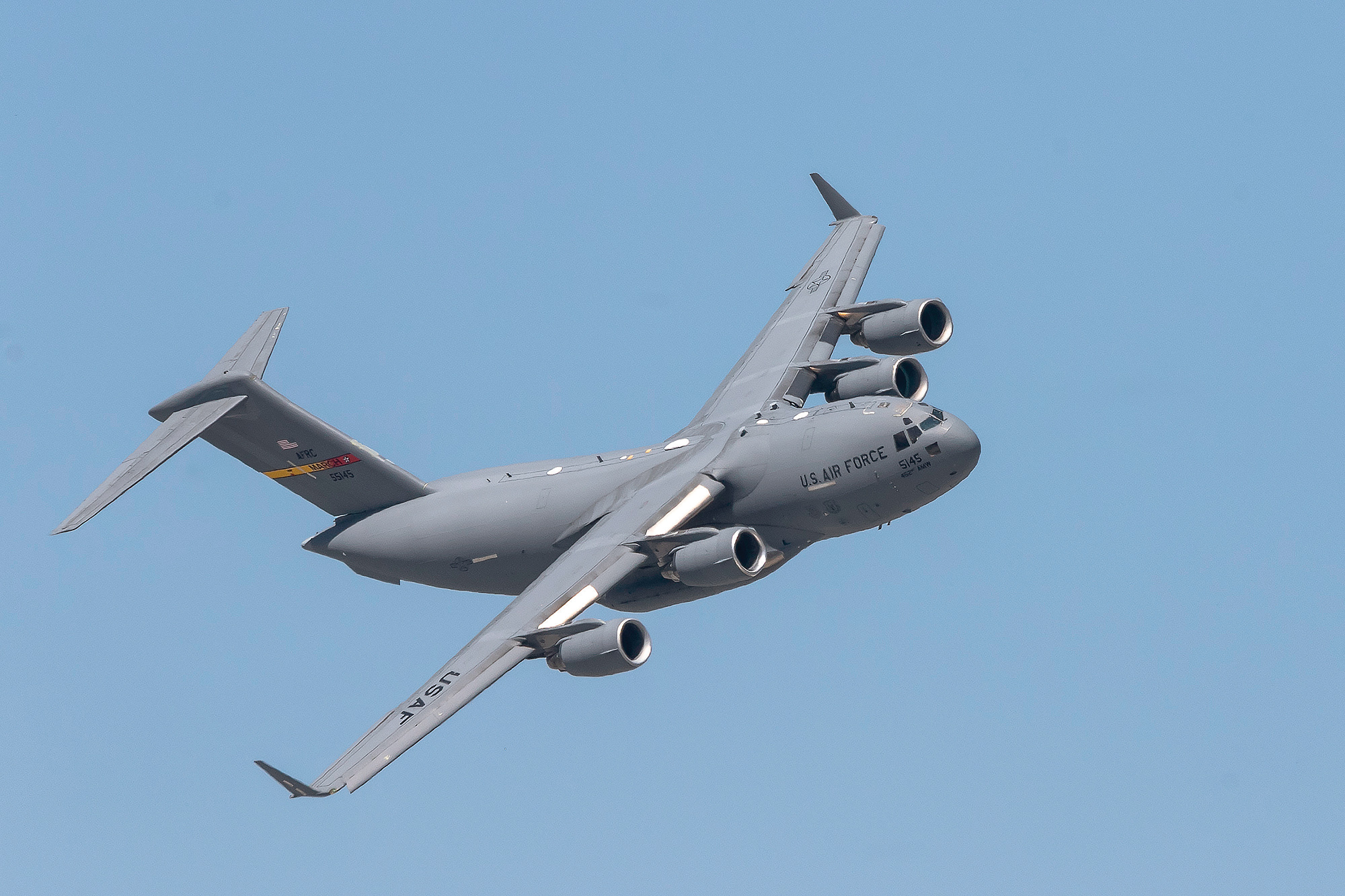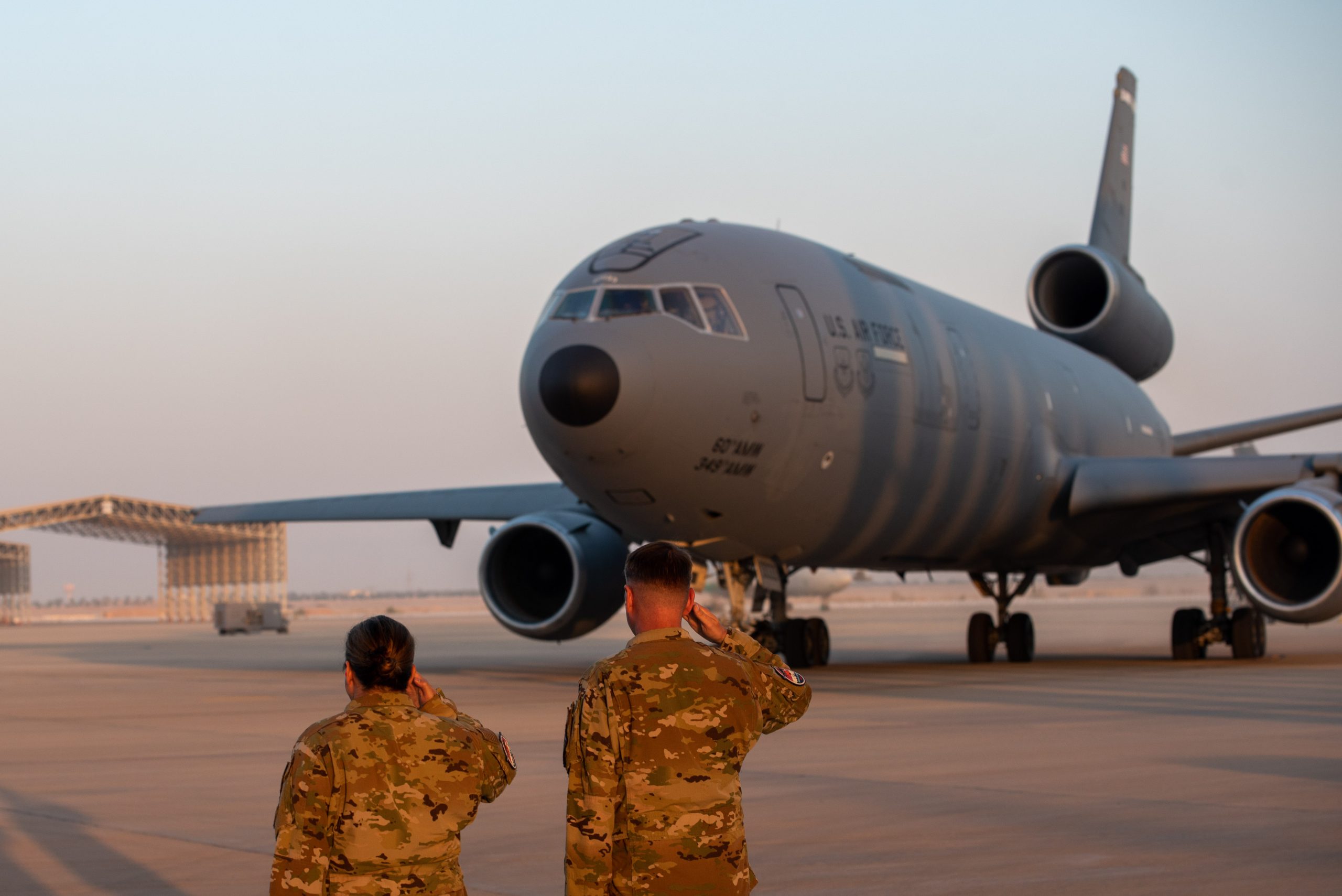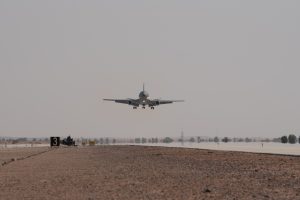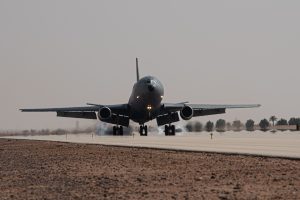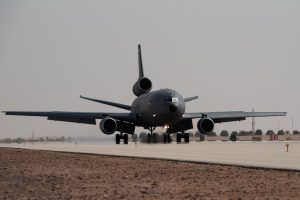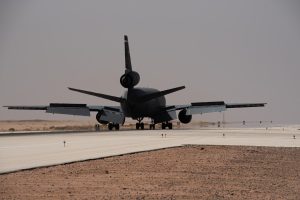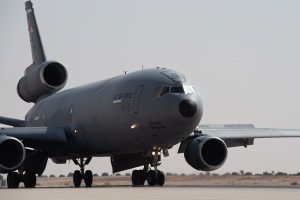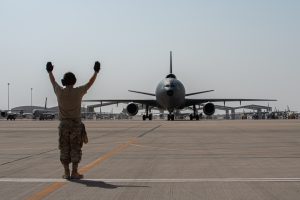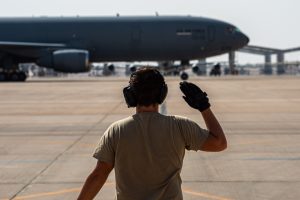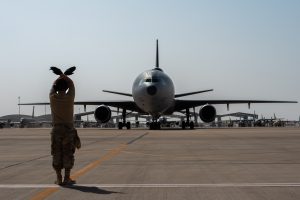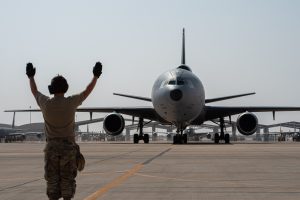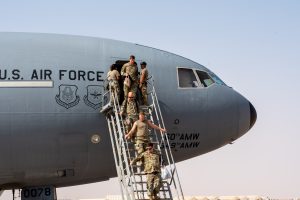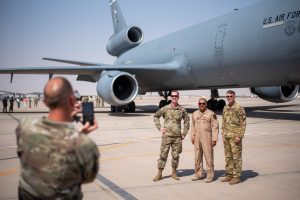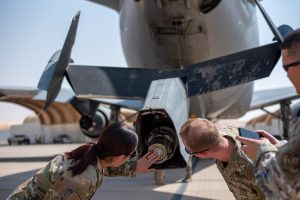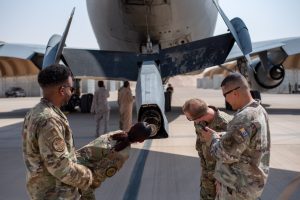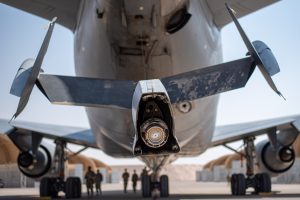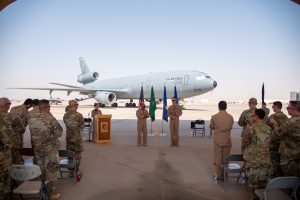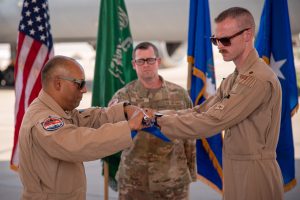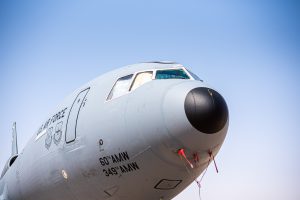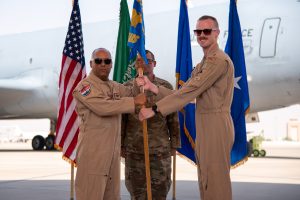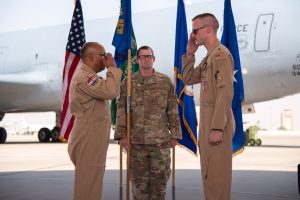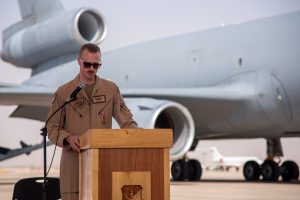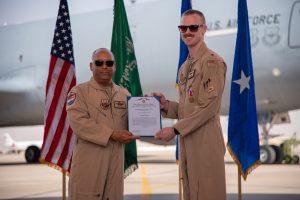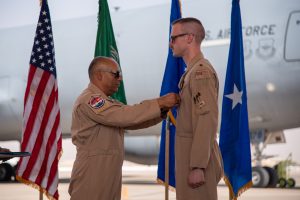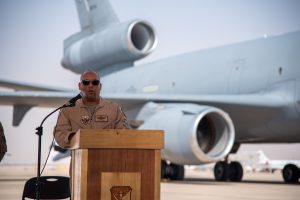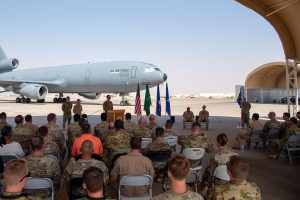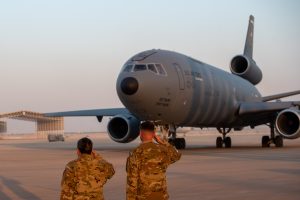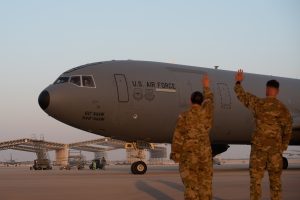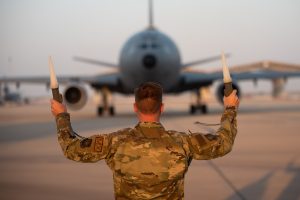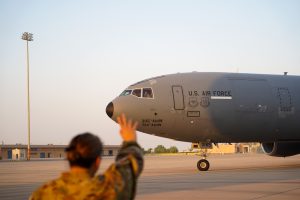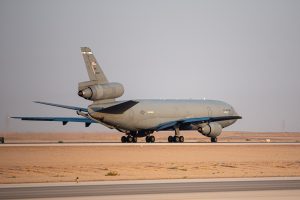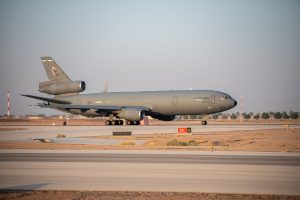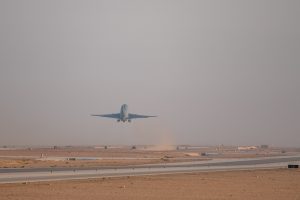The Air Force is adding new air and ground test capabilities and tapping allied ranges to keep up with the needs of its hypersonic programs, while squeezing as much capacity as it can out of existing assets, the head of the service’s test enterprise said Oct. 12.
Hypersonics efforts—along with a half-dozen other new flight test programs already in or entering their flight test phase—are “stressing” the test enterprise, Maj. Gen. Evan C. Dertien, commander of the Air Force Test Center, said in an interview with Air & Space Forces Magazine, but initiatives are underway to manage the load.
“We’re making investments across all five areas for the test infrastructure to enable faster testing,” he said. Those areas include:
- ground test capabilities
- test aircraft
- ranges
- data infrastructure
- people
Air Force and industry officials have said hypersonics efforts are not making the progress they could because of limited test ranges and test infrastructure, requiring months of waiting time between shots. Former Pentagon science and technology officials have said a consistent and frequent pace of testing is essential to progress in hypersonics.
Dertien said not all the testing delay is due to range and infrastructure availability.
“The reason you do a test is, either you have the data to confirm success, or when you have a failure,” there’s a need to review the data and “go back and make the changes. So a lot of times you scheduled a test, not because you couldn’t execute another test the same day, but you want to review the data,” he said.
“We wouldn’t make design changes before we go back and do the next test. But I think we’re making investments across all five areas for the test infrastructure to enable faster testing,” he added.
The Air Force has added Global Hawk telemetry aircraft to its test portfolio, along with the ability to use control rooms not physically co-located with where the tests are occurring, Dertien said. New ground capabilities in the form of wind tunnels and high-temperature thermal test systems are also coming on line, and the Air Force is even using space assets to monitor lights and collect data, he said.
“It’s a multi-pronged approach,” he said. The test enterprise is improving instrumentation over both East Coast and West Coast water ranges and “working with our foreign partners on ranges they may have.”
The effort is focused on “delivering the instrumentation you need to do these highly developmental shots right now,” he said.
Col. Douglas P. Wickert, commander of the 412th Test Wing, said Australia is also allowing USAF to use its Woomera range to do overland testing of hypersonic systems, but Dertien said the service is only doing overland tests as necessary for now. More overland testing will be needed in the future, and he said work is being done in concert with the FAA to develop the hypersonic test corridors that may be used for that phase of testing.
“We’re starting to link some ranges together and do some hypersonic testing across ranges right now, but more to follow, as far as which corridors are approved. I don’t want to get ahead of the FAA and other folks that are working on those, but right now, we’re satisfying most of the need on the overwater ranges,” he said.
Wickert said some of the tests in Australia start with an overwater launch and “impact on land” on the Woomera range.
The Air Force is also investing in new wind tunnels and aerodynamic arc heating capabilities at Arnold Engineering Development Center in Tennessee, Dertien said, as well as partnering with academic institutions to jointly fund and build infrastructure to test various elements of hypersonic flight.
“Hypersonics is an extremely challenging environment,” he said, “and you’re never going to have one facility that can test to the entire profile.”
The “Dragon Fire” project is being readied to provide extreme temperature arc heating capability to test thermal protection materials, and USAF is also well underway with a “clean-air” variable high-Mach tunnel that will simulate flight conditions for hypersonic vehicles, Derien said.
“This is more of a capacity increase,” he said. “I try to balance our investments across both” capacity and capability, he added.
“The new Dragon Fire facility will dramatically increase our capacity to do … materials testing for all the thermal protection … that you have to put on weapons and different hypersonic vehicles. So that’s in progress right now down at Arnold,” he said.
“The other one I’ll highlight is our new J-5. That’s a hypersonic round test facility to test scramjet engines. And what’s unique about this is, it will probably be the only one in the world [that’s] a clean-air, true-temp test facility. So rather than heating up the air with just a thermal reaction—and you end up getting gas particulates in the air—this will actually be a clean air, true temperature test facility to do hypersonic testing [at] Mach 5+. And that allows us to get much more accurate measurements of the conditions that a hypersonic weapon would experience in flight.”
The facility will also be “variable Mach,” able to shift among Mach 5-plus speeds. That means it won’t require the typical “massive reconfiguration” needed to test at different speeds, Dertien explained.
“It will also increase our capacity, because you will have longer hypersonic runtimes than we do in some of our facilities are right now.”
Both Dragon Fire and J-5 are in “early stages of construction,” Dertien said, but he declined to provide a timeline as to when they’ll be operational, citing security concerns.
In addition to facilities, Dertien said B-52s have been added to help with hypersonic testing, and B-1s are also being modified to carry hypersonic weapons, he said. While it hasn’t been decided if the B-1s will actually be operational platforms for hypersonic missiles, they will be used for testing, Dertien said.
“We’re also leveraging commercial industry [which is] creating platforms for testing hypersonics,” Dertien said.
One such example is StratoLaunch, a startup devoted to high-speed flight tests. Wickert noted that StratoLaunch is located close to Edwards and will have the Talon C “reusable, hypersonic test platform.” He said the influx of commercial entities, a stepped-up Air Force hypersonic program, and rising participation of universities is reminiscent of “the heyday of hypersonic testing in the ‘60s, where we had the X-15 [with] 199 high-speed flights, where we could do materials and sensors and windows and controls, to have a … recurring testbed, that every two weeks you can try something new out. That’s a great capability.”
